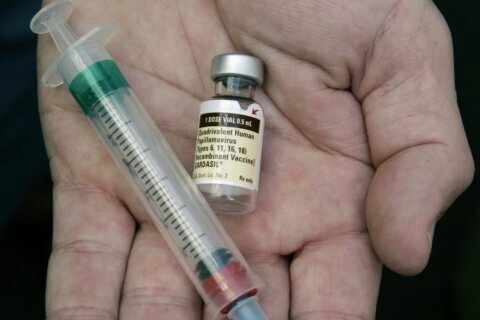WASHINGTON — Doctors from the University of Miami encountered seemingly the ethical dilemma of all ethical dilemmas: A patient with “Do Not Resuscitate” tattooed on his chest, along with what seemed like his signature, arrived at the hospital unconscious and with a high blood alcohol level. Hours later, he developed low blood pressure.
“Do Not Resuscitate” — more colloquially known as a “DNR” request — is a petition patients can formally make to have medical professionals withhold cardiopulmonary resuscitation ( CPR) for when their heart or breathing stops. In the case of this unconscious 70-year-old-man, he didn’t have any identification or family who could confirm his wishes, nor did efforts to increase his consciousness level prove fruitful for a conversation about his care.
“We initially decided not to honor the tattoo, invoking the principle of not choosing an irreversible path when faced with uncertainty,” the doctors wrote to the editor of the New England Journal of Medicine. “This decision left us conflicted owing to the patient’s extraordinary effort to make his presumed advance directive known; therefore, an ethics consultation was requested.”
These experts said the doctors should adhere to the tattoo, and a DNR order was created. The social work department later found the man’s Florida Department of Health “out-of-hospital” DNR order which confirmed his artful request. The patient got worse and later died, sans “advanced airway management” or CPR.
The doctors note this case doesn’t have any bearing on future incidences regarding tattoos.
“Despite the well-known difficulties that patients have in making their end-of-life wishes known, this case report neither supports nor opposes the use of tattoos to express end-of-life wishes when the person is incapacitated,” they conclude.
10 Lessons From Empowered Patients
How to Be a Good Patient Wingman
More from U.S. News
10 Lessons From Empowered Patients
How to Be a Good Patient Wingman
9 Extra Safety Assignments for Hospital Patients
A Man Came In With a ‘DNR’ Tattoo. Here’s What His Doctors Did. originally appeared on usnews.com







